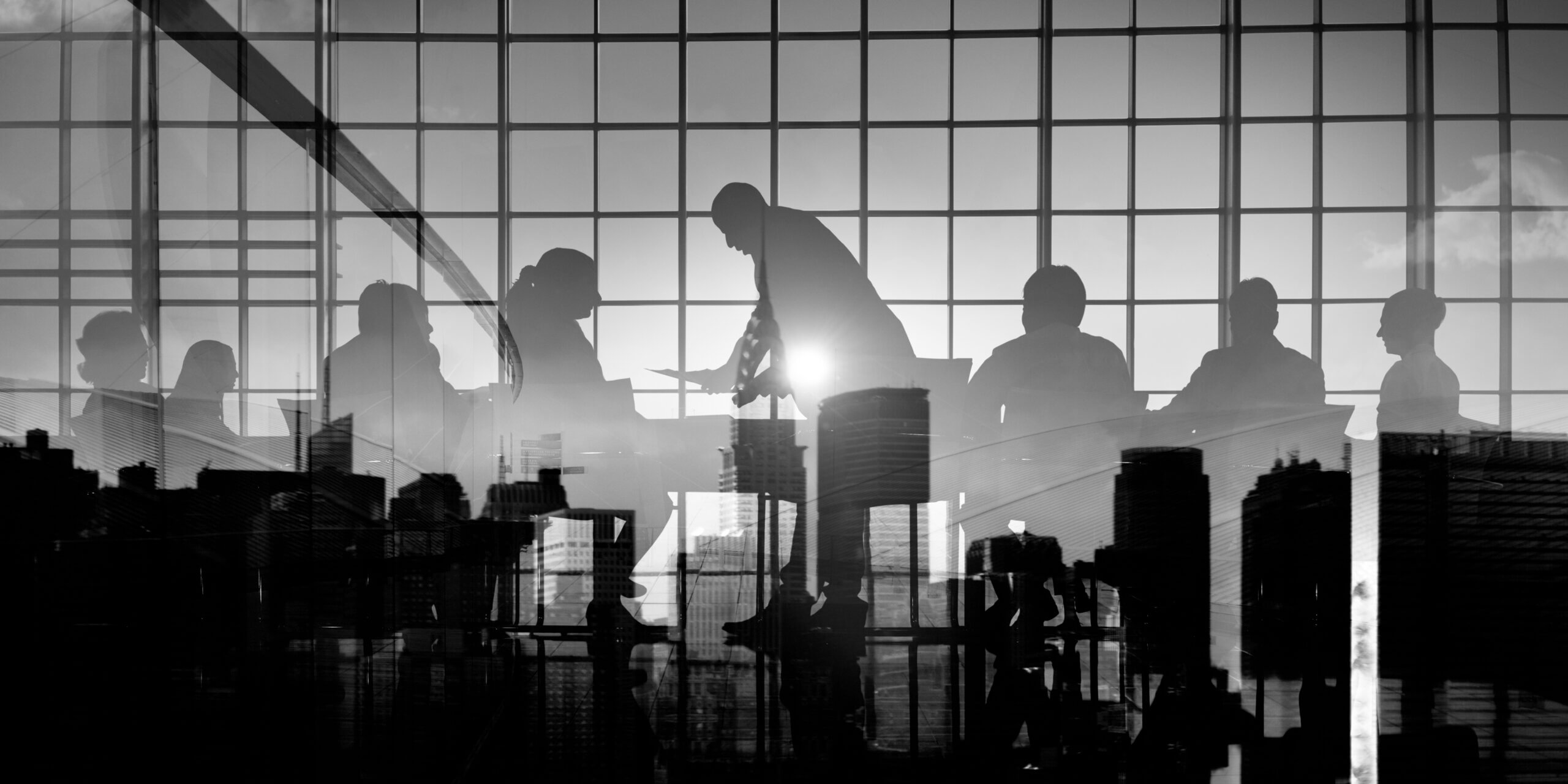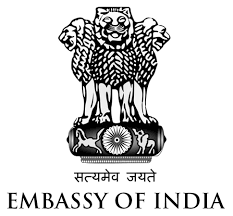With the establishment of regions like Puducherry, Chandernagore, Mahe, and Yanam, France increased its influence in India throughout the Colonial Era. These locations functioned as important hubs for trade and cultural fusion between France and India. India recognized France as an important partner in trade and diplomacy and established diplomatic ties with it after obtaining independence in 1947. The Indo-French Centre for the Promotion of Advanced Research (CEFIPRA) was established in 1987 as a result of the two nations’ nuclear energy cooperation in the latter half of the 20th century.
With agreements and collaborations, the two nations improved their relationship throughout time, especially in the areas of climate change, space exploration, defense, and counterterrorism. Key components of defense collaboration between India and France include technological development and shared military exercises.
This cooperation is demonstrated by India’s purchase of Scorpene submarines, helicopters, and Rafale fighter jets. The Rafale agreement, which India and France signed in 2016, was for 36 Rafale fighter jets from Dassault Aviation, valued at approximately €7.87 billion (nearly USD 9.37 billion). They also hold combined military drills like “Garuda” and “Shakti” to improve communication and strategic cooperation among their armed services.
Brief Overview of India-France Relations
Film festivals, art exhibitions, and academic programs are examples of cultural and educational exchanges that have developed and promoted mutual understanding between India-France. The rising popularity of Indian dance, music, literature, and film in France is increasing cross-cultural interaction. With the help of institutions like the Alliance Française and academic exchange programs, cross-cultural and cross-educational contacts have flourished over the years. The Alliance Française promotes the French language and culture through more than 30 centers

located throughout India. Scholarships and exchange programs enable many Indian students to study in France for higher education. Over ten thousand Indian students enrolled in French universities in 2019.
India’s natural beauty and rich cultural legacy draw French tourists, whereas France’s history, culture, and landmarks are popular destinations for Indian travelers. Due to its rich history, culture, and food as well as its famous sites like the Palace of Versailles, the Louvre Museum, and the Eiffel Tower, France is a popular travel destination for Indian tourists.
Similarly, French tourists are drawn to India by its magnificent landscapes, historical landmarks, and unique cultural heritage. India is one of France’s fastest-growing tourism markets, with over 800,000 Indian visitors in 2019. However, in the same year, some 250,000 French tourists visited India to take in the country’s breathtaking scenery and rich cultural legacy.
Economic Collaboration and Trade Statistics
As of December 2023, reports state that France imported USD 465 million worth of goods from India and exported USD 539 million worth to India. Textiles, chemicals, and medicines are among India’s top exports to France while machinery, aircraft, and electrical equipment are among India’s top imports from France. The building of the Jaitapur Nuclear Power Project in Maharashtra, which is predicted to be among the largest nuclear power plants in the world once completed, is the result of Indo-French cooperation in the nuclear energy sector. Six EPR reactors will be used in the project, which will have a 9,900 megawatt (MW) capacity.
The French space agency, Centre National d’Études Spatiales (CNES), and the Indian Space Research Organisation (ISRO) have worked together on a number of space projects. Among them is the Megha-Tropiques satellite, which was launched in 2011 with the purpose of researching the tropical water cycle. France and India are parties to the Paris Climate Agreement.
Both nations work together on a number of projects that support sustainable development, renewable energy, and the mitigation of the effects of climate change. India and France have made commitments to tackle climate change and advance sustainable energy sources. Launched in 2015 at the UN Climate Change Conference by France and India, the International Solar Alliance (ISA) seeks to raise funds for the deployment of solar energy in nations with abundant solar radiation.
In April 2015, agreements were struck in the domains of commerce, space, defense, and civil nuclear cooperation by Indian Prime Minister Modi during his visit to France. In March 2018, Prime Minister Modi made a second trip to France, where he met with French President Emmanuel Macron to discuss strengthening bilateral ties in the same areas.
On the sidelines of the G7 Summit in Biarritz, France, the Indian PM met President Macron, with whom he had talks on deepening bilateral relations and tackling global issues. A civil nuclear cooperation agreement was signed between France and India in 2010 during French President Nicolas Sarkozy’s visit to India. Collaboration in nuclear energy, including the provision of reactors, fuel, and technology, was made possible by this agreement.
French automotive companies with a foothold in India include Peugeot and Renault. Renault-Nissan’s manufacturing plant in Chennai is one of the biggest in India that produces cars for export to a number of countries. To further avoid double taxation of income produced in one nation by inhabitants of the other, France and India signed the Double Taxation Avoidance Agreement (DTAA). This agreement promotes investment and cross-border trade while offering transparency.
Market Analysis of India’s Business Landscape
India has a high working-age population due to its relatively young demographics, with a median age of about 28 years. With young people (15–24 years old) making up about 20% of the population overall, there is a noticeable youth surge. In India, people between the ages of 15 and 64 make up two-thirds of the population. Around 35–40% of people live in tier 1 and tier 2 cities, which is an all-time high, and the rate of urbanization is continuously rising.
Millions of people are moving from rural to urban areas at a rapid rate in search of better prospects. The demand for consumer products, housing, and infrastructure is being driven by the rise of urbanization. Customers are growing more price-conscious and looking for high-quality goods and services at reasonable prices. Additionally, brand awareness is growing, especially in cities.
Consumer behavior is also changing as a result of rising smartphone usage and internet penetration. Digital payments, internet services, and e-commerce platforms are all expanding significantly, particularly with younger and urban populations. In India, there are more than 30 billion digital payment transactions every year, valued at over USD 2 trillion. By 2027, the size of the e-commerce market is projected to exceed USD 200 billion, rising at an average annual pace of around 30%.
Of this, the fast-moving consumer goods (FMCG) business alone is estimated to be worth USD 100 billion, and it is projected to increase at an annual rate of about 10-12%. The health and wellness industry is expanding at a rate of 15-20% per year, with strong growth being seen in categories including organic food, herbal goods, and fitness services. The services industry, which includes banking, IT, healthcare, and education, makes up a sizeable portion of India’s GDP, which as of Q2 2023 was growing at a rate of 7.6% to reach USD 3.73 trillion.
According to NASSCOM, India has entirely changed its startup environment and is now home to over 50,000 companies, with tech firms predominating. Three major startup clusters are Mumbai, Delhi-NCR, and Bengaluru. Furthermore, by 2025, the “Make in India” campaign seeks to increase manufacturing’s GDP contribution to 25% and generate over 100 million new employment through infrastructural development, policy changes, and incentives. Driven by domestic demand and outsourcing prospects from international markets, it is continuously growing.
The value of bilateral commerce between India-France in the 2023 fiscal year was USD 13.4 billion. Moreover, France is among the biggest investors in India, having made 10.54 billion USD in total investments to date. The largest multinational corporations (MNCs) in France, including Schneider Electric, Roquette, GROUPE PSA, ENGIE, and many more, have made contributions to the investment. When it comes to investing in France, India is not far behind. Among the noteworthy 110 Indian-owned businesses present in France are Mahindra & Mahindra Ltd., Tata Group, Sintex Industries, and Motherson Sumi Systems, to mention a few.
These trade and investment leaders themselves discuss the two countries’ longstanding commercial connection and how India has been laying out opportunities in abundance for French businesses to expand and establish in the Indian market.
French Businesses Utilizing Indian Talent

It is a well-known fact that France has a huge market in the fashion business and is renowned for its sense of style and design culture. Paris is even referred to as the Fashion capital of the world. With an estimated value of USD 900 billion for the Indian retail industry alone, France has the ideal opportunity for business expansion of its fashion industry in India. Moreover, there are a remarkable amount of French cultural
institutions in India that actively take part in cultural exchange programs. This enables the French people to interact diplomatically with the Indian government.
French industries have increasingly tapped into the pool of high-skilled young talent in India, leveraging their expertise at relatively lower costs, especially in the design, fashion, and automobile industries. With India’s rising population of talented designers, engineers, and artisans, French companies have found a valuable resource to infuse fresh perspectives and innovative ideas into their products. In the fashion sector, renowned French luxury brands like Louis Vuitton and Chanel have increasingly incorporated Indian craftsmanship with India serving as a key destination for sourcing skilled artisans. This has helped them to create unique collections blending Western sophistication with Eastern flair, catering to diverse global tastes. According to industry reports, the Indian fashion and textile sector is estimated to employ over 45 million people, offering a vast pool of talent for French companies to leverage.
Similarly, in the automobile industry, French manufacturers have established research and development centers in India, with thousands of Indian engineers contributing to the design, development, and manufacturing processes of French automobiles. This collaboration not only enhances the global competitiveness of French brands but also provides valuable employment opportunities and cross-cultural exchange between France and India.
Conclusion
To conclude, French companies have many chances for business expansion in the Indian market due to the long-lasting relationship between France and India, which is marked by historical links as well as enhanced diplomatic, economic, and cultural collaboration. A growing economy, youthful population, and fast urbanization in India make it an ideal place for industries like fashion, technology, automotive, renewable energy, and infrastructure to flourish.
Campaigns like “Make in India” further support these goals by encouraging manufacturing and job development. Both sides’ significant investments and amounts of bilateral commerce demonstrate their shared interest in developing business relations.
In addition, deeper interaction is facilitated by cultural exchange programs and the presence of French cultural institutions, creating an environment that is favorable to corporate expansion and cooperation. Overall, French businesses can strategically position themselves to capitalize on expanding economic synergies, strategic partnerships, and shared heritage.




 Book a Demo
Book a Demo